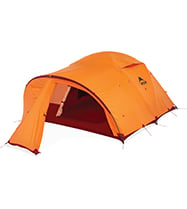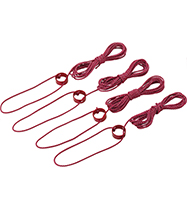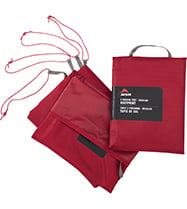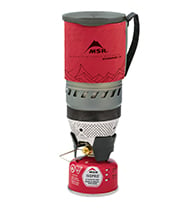5 Tips for Staying Warm & Comfortable in a Tent
Sleeping in a tent in good weather is mostly intuitive. Sure, there are some helpful tricks, but for the most part, any beginner can figure it out. However, add a little rain, snow, sleet, wind, or combinations of the elements thereof, and staying warm and dry might not be as simple as you thought.
Anyone can survive a night in less than ideal conditions, but maintaining comfort and warmth on longer and/or multiday trips and adventures can take a little more experience.
Here are five quick tips that just might come in handy on your next camping adventure that features less than desirable weather.
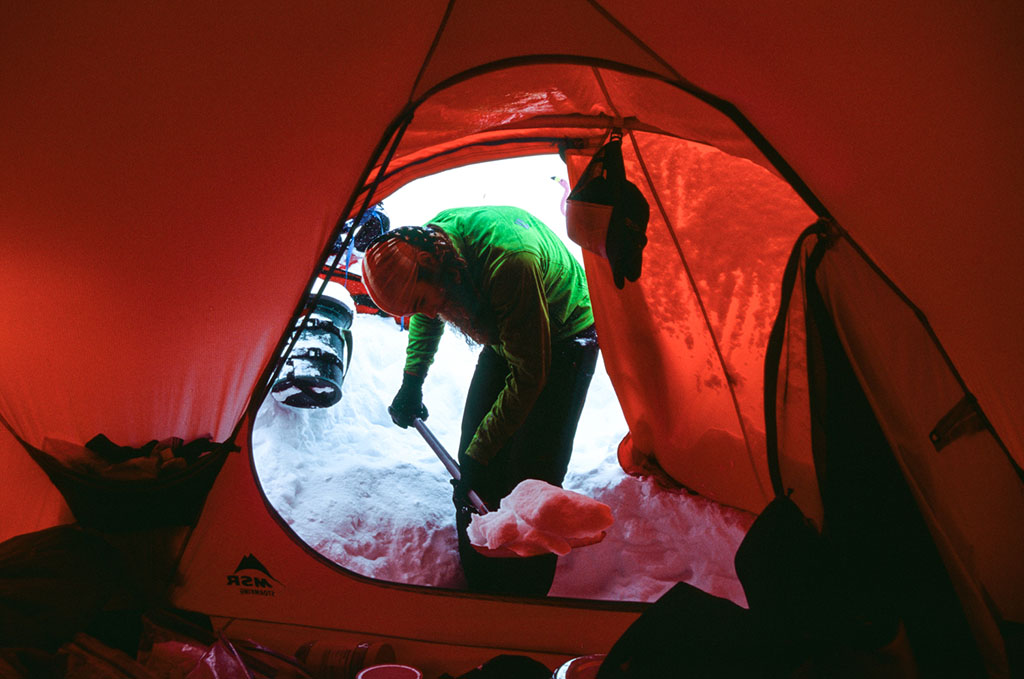
1: Ventilation
One of the key components of staying dry is preventative maintenance. No matter how warm your gear is, it is rendered pretty useless once it begins to wet out. Once there’s moisture in a wet or damp environment, there’s no going back. How do you help keep your gear dry? By keeping your tent dry!
If you’ve ever camped in a tent in the cold, you’ve realized how easy it is for the inside of the tent to become condensated. The key to combat this lies in proper ventilation. The moisture from your breath and damp clothing or gear needs a chance to escape the waterproof material of the tent. I used to zip up every door and mesh flap on extremely cold nights in order to retain heat, which is understandable but misguided. Do this, and you will wake up to a cold shower of ice that has formed on the tent ceiling and walls throughout the night. Instead, leave all ventilation flaps open and even crack the fly, weather permitting, to allow some airflow and release moisture buildup.
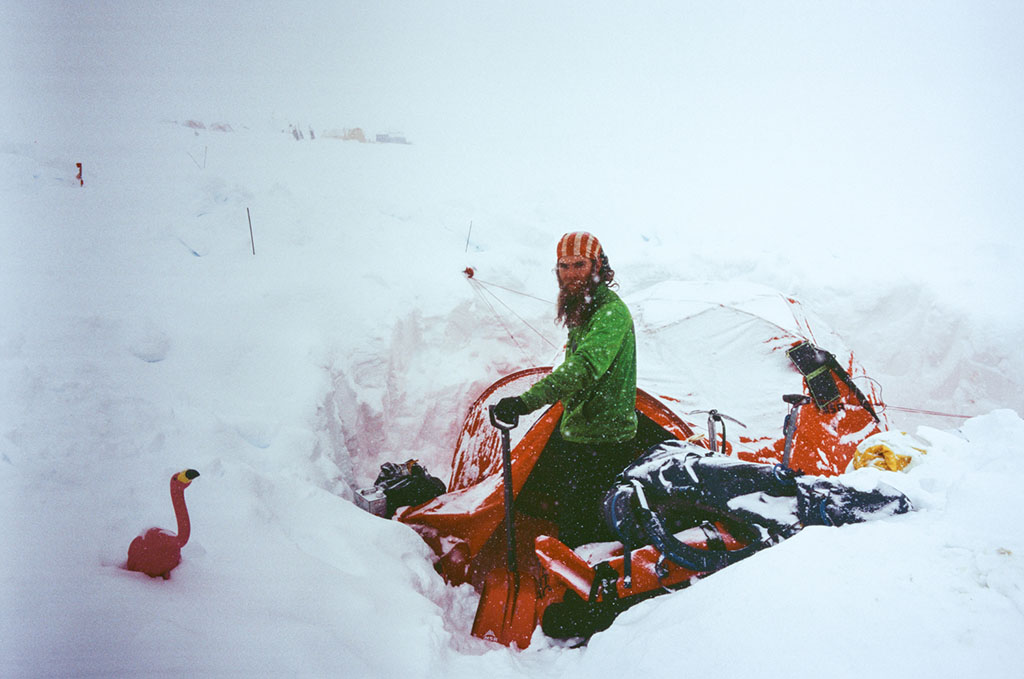
2: Guy Lines
As tempting as it may be to hammer in just the corners of the tent with a couple of stakes and call it good, you will thank yourself for taking the time to set up the additional guy lines. Doing this creates a taunt rain fly that won’t flap incessantly throughout the night if the wind picks up, and helps keep rain or snow off of the tent itself.
Keep in mind that although the rainfly is waterproof, if it isn’t able to breathe you will discover how quickly your tent ceiling and walls can soak through. Again, preventative maintenance is key, and it is always worth the effort if it helps minimize any variables that could potentially ruin your night’s rest.
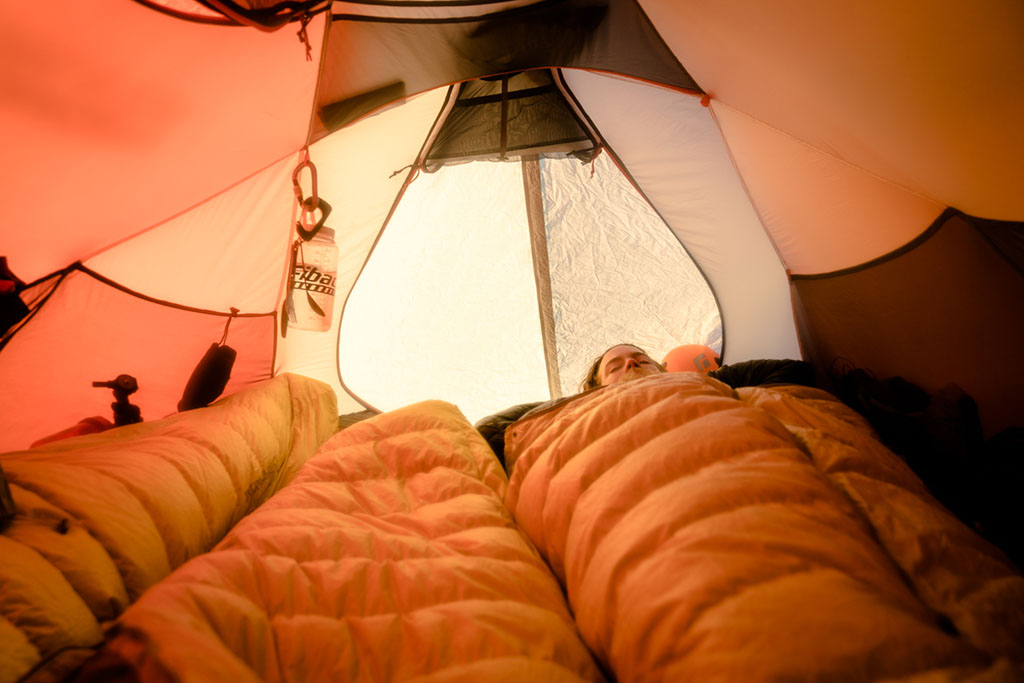
3: Floor Insulation/Footprint
You’ve likely heard that you will only sleep as warm as your sleeping pad is rated, so why not add a little R-value to your sleeping experience in the form of an insulation layer underneath the tent?
Depending on where you are camping and if you have the option, an insulation layer of moss, grass, ferns, soft branches, etc. helps keep the cold from the ground at bay. Recently on a hunting expedition in the Arctic circle, a footprint of moss helped insulate me from the cold as well as the moisture of the tundra. Of course, many tents have footprints that you can purchase, but for weight savings, this is not always a practical option. If you use natural materials, make sure not to impact fragile environments and always follow Leave No Trace practices.
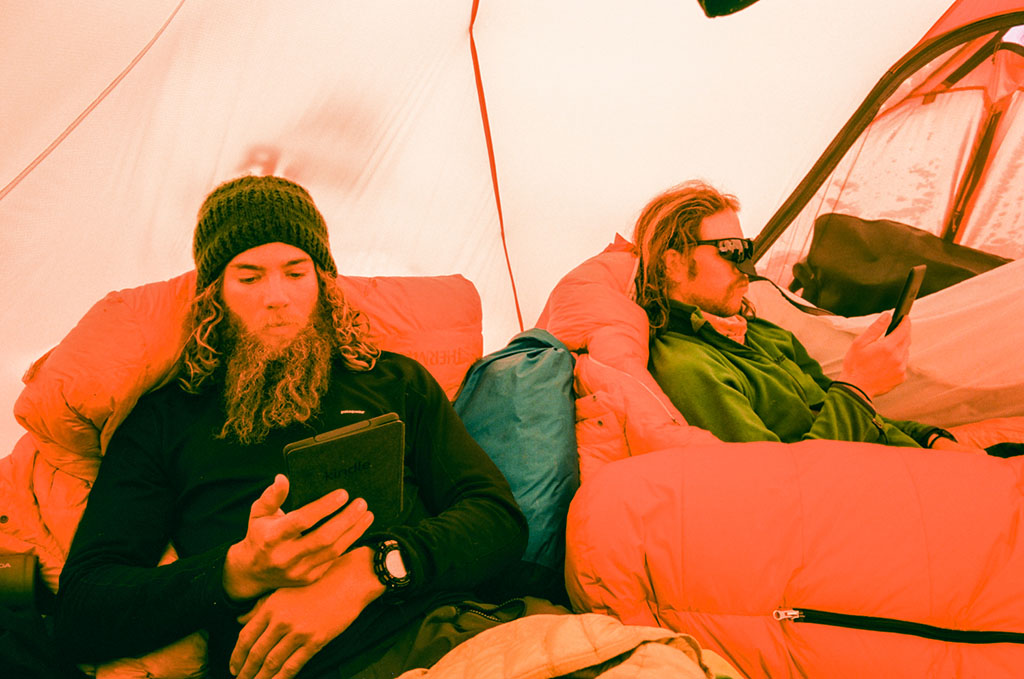
4: Tent Chair!
If I’ve learned anything from my expeditions over the years, it’s that there’s nothing more demoralizing than lying down for days (and sometimes weeks) on end. Why risk it when you could just bring a Therm-a-Rest® Trekker Chair instead! It’s a design that turns your air mattress into a chair and it’s minimal enough that you’ll almost forget it’s in your backpack. In fact, it only weighs 10 ounces. The hours go down easier with a backrest (ask me how I know).
And while we’re on the topic of minimal comfort items—don’t forget your pillow!
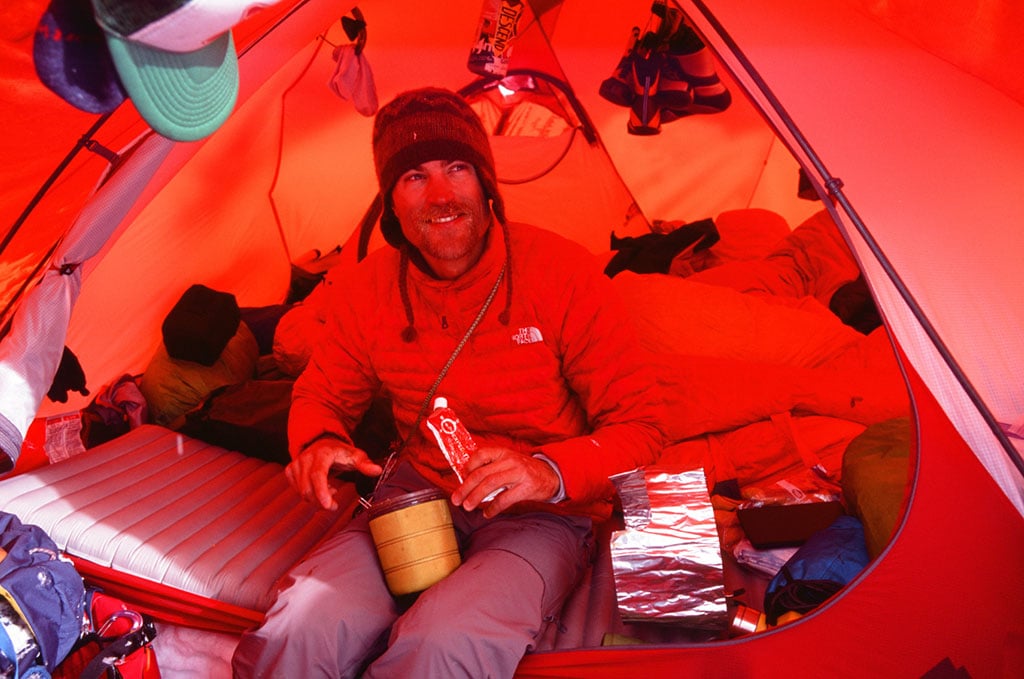
5: Utilize the Vestibule
The vestibule is your storage closet, so use it as such. It’s also your kitchen. Utilize the vestibule for cooking and try to keep as much steam as possible out of the tent itself. Even though it’s tempting to let the heat from a stove warm things up a bit, remember that remaining dry is ultimately how you stay warm and the stove (especially when boiling liquids) can quickly undo any precautions you may have taken.
Keep wet clothing, boots, packs, etc. and essentially anything that is damp in the vestibule area and out of the tent. Otherwise, the combo of your body heat and wet items will quickly turn your tent into a steam room.
Bonus tip: Pick your sleeping insulation carefully. Wet equals cold—your sleeping gear cannot insulate as it should if it’s soggy and wet, particularly if it has down fill. Wet gear will lead to significant problems, especially on extended trips or nights in a tent. Fortunately, the sleeping bags from Therm-a-Rest are made from hydrophobic (water-resistant) down insulation that retains much of its insulating properties when wet, and the outside material of the bags is slightly water-resistant as well.
Hopefully, these tips keep you cozy and warm on your next adventure. If you want more tips like this, check out these related posts:
Related Posts:
- Eric Larsen: Thoughts on Staying Warm in the Most Extreme Cold
- 9 Tips for Staying Warm While Winter Camping
- 8 Tips for Cold Weather Camping in the Fall
 James Barkman
James Barkman
James is a photographer and alpinist who has a lot of trouble sitting still.

